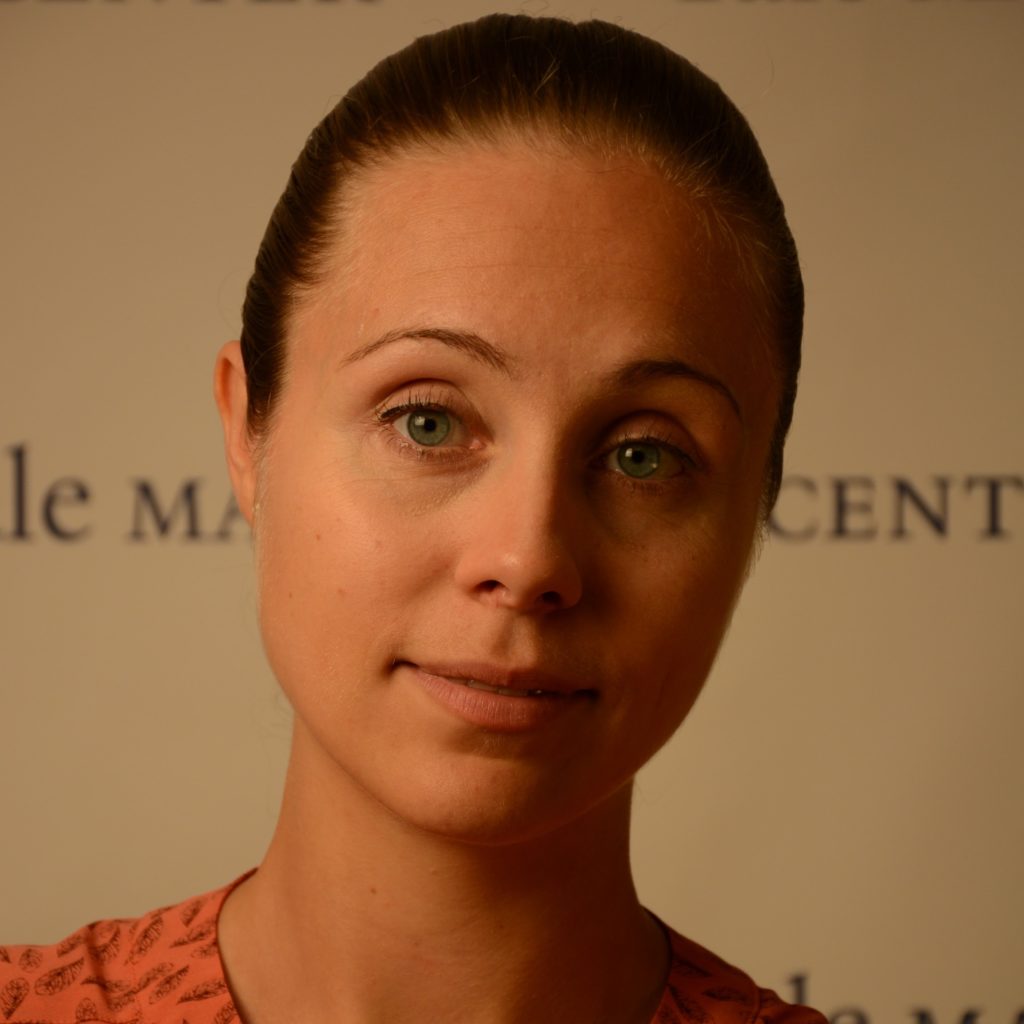
Anastasia Shesterinina
‘When war breaks out, people face dilemmas about whom to protect and how and make difficult decisions with trusted relatives and friends in the midst of the events...’
Days after the recognition of the self-proclaimed republics of Donetsk and Luhansk in eastern Ukraine as independent states by the State Duma of Russia on 21st February, Russian President Vladimir Putin launched what he called a “special military operation” in Ukraine that started with strikes on border guards and military infrastructure. Explosions were heard across the country. The attack intensified with air, naval, and ground strikes from the north, east, and south. Fighting broke out in cities, including the capital Kyiv.
The invasion of Ukraine shocked the world despite Russian military build-up near Ukraine’s border and warnings of an imminent Russian military offensive against Ukraine from the international intelligence community. Experts, commentators, and Ukrainians abroad acknowledged that they did not see it coming. But how did ordinary Ukrainians who have borne the brunt of the unfolding war in Ukraine navigate its first days?
‘Intense uncertainty’
My recent book shows that the onset of war is characterised by intense uncertainty for ordinary people whose everyday lives are ruptured by war. While some prepare for war, most do not expect violence, even in the context of ongoing conflict. When war breaks out, people face dilemmas about whom to protect and how, and make difficult decisions with trusted relatives and friends in the midst of the events. Some flee or hide to protect their own and their close ones’ safety. Others join the fighting in support or fighter roles to protect their families, localities, and broader group. These decisions are particularly striking when mobilising on the militarily weaker side, as in the case of Ukraine.
My findings draw attention to the challenges of ordinary people’s decision-making under conditions of uncertainty. Reports from 24th-26th February in Ukraine show immense challenges that ordinary Ukrainians faced during the first days of the Russian attack.
Before the attack, Ukrainians had been divided on whether it was likely that Russia would initiate military action toward Ukraine. Many prepared by locating bomb shelters, packing emergency evacuation bags, conducting drill evacuations at schools, undertaking combat training, and making plans for their work to operate without them should they join the impending fighting. Tips and practical measures in case of an attack were widely shared online.
The first days of the unfolding war, however, were marked by intense uncertainty. People watched the news of Russian troops crossing Ukraine’s borders in disbelief. ‘We did not expect that Putin would decide on this’, a woman who had been injured and fled her home in Donetsk for Kyiv in 2014 said, ‘few Ukrainians had believed that the capital city would come under fire’. ‘We started to listen to the news and we understood that the war had started’, this is how a man in Kyiv explained his family came to realise the nature of the events after dismissing an explosion they heard at night as something else.
Everyday lives, ruptured by war
The attack ruptured everyday lives of Ukrainians. Air sirens prompted many to flee for their own and their close ones’ safety. Long queues of cars out of Kyiv were seen the morning of the attack. People from across the country drove, took trains, and even walked elsewhere in Ukraine and toward Ukraine’s borders. Reporters were told that ‘they were running for their lives’.
Others could not or chose not to flee. A man who could not cross the border to Hungary once martial law was declared and male citizens of Ukraine between the ages of 18 and 60 were banned from leaving, for example, entrusted a stranger to take his children to safety. Many stayed for fear of travel in the context of fighting, feeling that they had nowhere to go, lack of means or physical capacity, family reasons, or to support their country. Those who stayed hid from airstrikes in subways and other shelters or in their own and their friends’ homes. People queued to withdraw cash from ATMs and to stock up on supplies.
Reports of men and women joining Ukraine’s resistance in support and fighting roles grew over the first days of the war. Deputy Defense Minister Hanna Maliar urged citizens to resist and President Volodymyr Zelenskyy ordered general mobilisation. Volunteers signed up to donate blood, produce and transport molotov cocktails, and carry out cyberattacks. Local aid efforts were organised to supply fighters. Many joined Territorial Defense Forces under the loose command of the Ukrainian military. Some returned to Ukraine from abroad to fight for their country.
Ordinary people thus do not either flee or pick up arms but make a broad range of decisions. These decisions are not straightforward and for most come with dilemmas about whom to protect and how. ‘I really want to join the army’, a man who brought his family to safety in a hotel bunker exemplified such dilemmas, ‘but I also need to protect my family’. We must recognise the crucial role that uncertainty plays in making these decisions extremely difficult during the first days of war. As my research demonstrates, those who survive live with the memory of these days for the rest of their lives.


